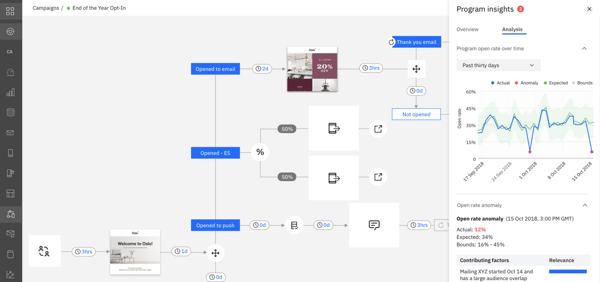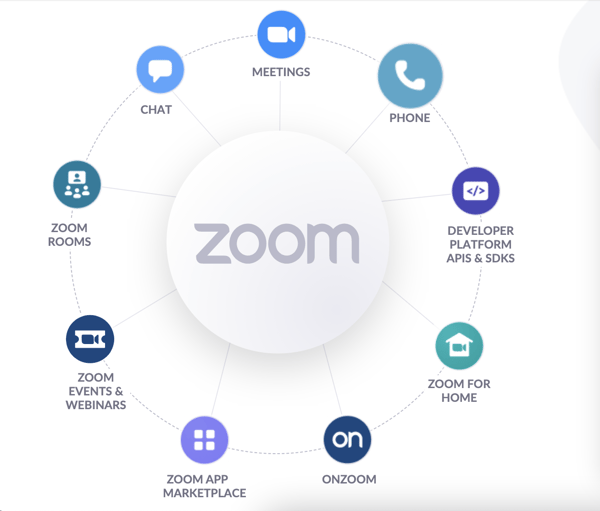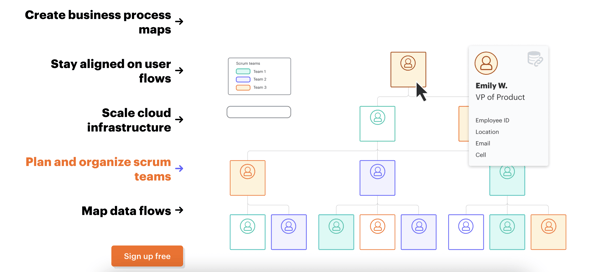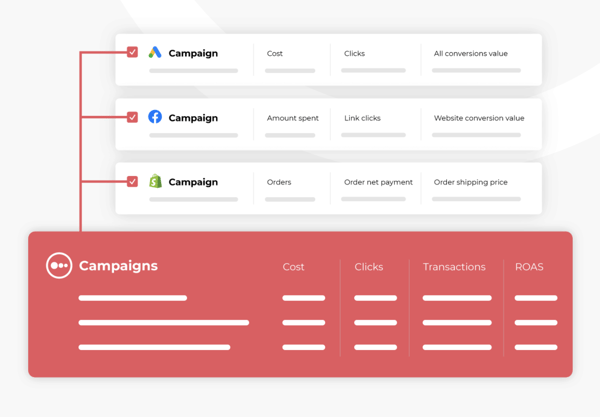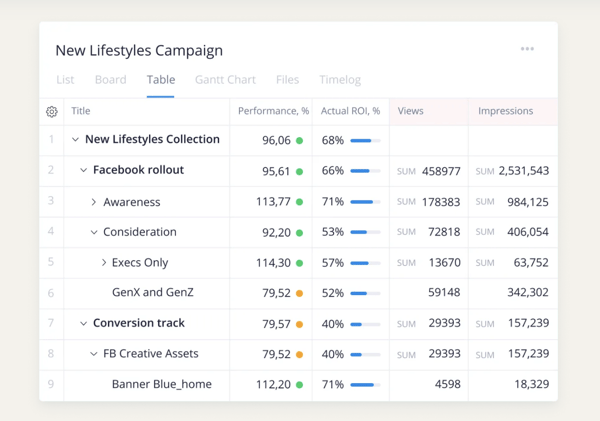At one of my first jobs out of college, my manager admitted that my professional growth “wasn’t a priority.” I knew I wasn’t in a leadership role that required succession planning, but the admission still stunned me. Without support for career development, I wound up leaving the company.
This situation may seem dramatic, but it points to the importance of having a succession plan in place. Of course, senior leadership roles take precedence because these can create a larger vacuum if the position is left unfilled. But succession planning can (and should) extend to all leaders across a company.
Developing a succession plan can set your company up for smooth transitions when leaders resign or accept a promotion. It can have a major impact on employee morale and can position your team to skillfully handle future business challenges.
But you don’t want to wait until you absolutely need a successor. At that point, you’re scrambling and may choose the wrong person. Let’s look at the ins and outs of succession planning so your team is prepared for any transition.
What is succession planning?
Succession planning is a strategic process for identifying high-potential employees and taking steps to prepare them for future leadership positions. It helps your business develop and retain the talent pipeline so you can quickly fill vacant leadership roles.
Some succession plans look ahead 12 to 36 months for when a leader retires, steps down, advances, or leaves. Others, including CEO succession plans, look years into the future to secure the next several generations of leaders. We’ll cover the specifics of C-suite transitions later on. But all succession planning has similar benefits for thinking ahead and identifying what you want in a successor.
Why is succession planning important?
In the Global Leadership Forecast 2021 report, 11% of surveyed organizations said they have a “strong” or “very strong” leadership bench — the lowest reported in the past decade.
The benefits of strong leadership are apparent. It improves employee turnover, ensures the execution of goals, and contributes to the company’s survival. So if a crucial leader leaves, a succession plan can help ensure the role is filled and your company continues to thrive. But that’s not the only upside.
Benefits Of Succession Planning
- Finding and developing people for future leadership roles allows you to promote from within. These employees have organizational knowledge and internal relationships that outside hires lack.
- Letting employees know that you’re investing in them is a huge morale boost. It can also increase motivation and loyalty to the company.
- Training employees for leadership roles forces you to identify the skills, knowledge, practices, and relationships needed for each role in your succession plan. This can attract new talent, retain current employees, and keep you competitive.
- Hiring for highly specialized roles isn’t easy. Succession planning helps you find people with unique competencies when it comes time to replace the current employees.
Currently, leaders looking to develop skills outside of their daily work want more coaching and development assignments, in addition to assessment and formal training. Succession planning is the perfect way to formalize training for both present and future leaders.
Succession Planning Best Practices
Succession planning isn’t simple. But if you consider these best practices as you choose successors, your company will be well-equipped to manage transitions and unexpected changes.
Formalize a Plan
The earlier you set a succession plan, the better. You don’t want to risk a leadership vacuum that leaves teams feeling unsupported. That can quickly waterfall into an entire team or department leaving, especially if the leader is particularly strong and has a close relationship with their direct reports. Once you have a succession plan, write it down. Then, make it clear there’s a plan in place for when the inevitable transitions happen.
Stay Dynamic
Volatility is common at every company. People move cities, find new jobs, and retire. Your succession plan should be able to adapt to change. Instead of creating a plan and only revisiting it when the time comes to fill a role, see the plan as an evolving process that needs to be constantly updated.
Evaluate Talent
Part of a fluid succession plan is taking the time to assess employees’ interests, skills, performance, and opportunities. This can be done through 360-degree feedback, weekly check-ins with managers, informal training, or tools like the nine-box grid. The goal is to get an idea of people’s strengths and weaknesses, career goals, and growth opportunities so you know who may be the right fit for leadership roles.
Communicate Openly
Communication builds trust, which makes it easier to set expectations and ensure everyone is on the same page. As you build a succession plan, have honest conversations with employees. Find out where people want to be, and tell them where they’re currently at. The whole point is to make your plan a reality, and successors will appreciate your openness when the time comes to offer them a role.
Make Diversity and Inclusion a Priority
Companies with women in leadership roles experience almost 50% higher profit and share performance. And since women, especially women of color, have been most affected by the pandemic, it’s wise to consider gender ratios in any succession plan — including the 2SLGBTQI+ communities.
Succession Planning Example
When asked, a whopping 61% of organizations said they didn’t have a direct report who could step into their CMO role tomorrow. That’s a bad sign for C-suite succession plans. Without a strategy to replace leaders, a company can quickly go downhill.
To avoid chaos, here are a few examples of how succession planning can play out:
McDonald’s Smooth CEO Succession
How does a multi-billion dollar company thrive after losing two CEOs in one year? They had a concentrated effort to develop high-potential employees and created a backup plan for their succession plan.
Coca-Cola’s Failed CEO Succession
The repercussions of a poor succession plan can affect a company for decades. See the implications of Doug Ivester’s term as CEO and the stakeholder concerns that caused his resignation after two years.
Succession Planning Steps
1. Make a plan for your plan.
This step is all about defining the goals of your succession plan and aligning with everyone involved. For some companies, this will mean meeting with your board to outline strategic priorities. For others, it will require meeting with senior leaders to define what you’re looking for in a successor.
You’ll be ready to move on to the next step once you:
- Define the roles, skills, core competencies, and experience required for a successor.
- Gather information and feedback on the above from your team or experts within your network.
- Forecast your company’s needs. Consider turnover trends, retirement dates, compensation strategies, and management training.
- Update your job descriptions and any leadership models to reflect the information you’ve gathered. You want to be clear about your expectations before looking for candidates.
2. Identify potential candidates.
Using the succession profiles and job descriptions you’ve created, you’re ready to seek out candidates. Make sure your approach is easy to repeat and introduces as little bias as possible. It can be helpful to get support from the HR team, who can share the tools needed to engage candidates and help facilitate the process.
To identify candidates, you can:
- Look for leaders who develop others, follow through on projects, take action to support the company vision, and have strong leadership skills.
- Get insight into each candidate’s goals, disposition, and potential by holding interviews, creating surveys, and setting up focus groups.
- Ask people for ideas on how to improve succession and leadership to get buy-in and discover who’s engaged with the process.
3. Inform candidates.
There’s a great debate on whether or not companies should let employees know they’re succession candidates. But informing people of their potential will not only motivate them—it will prevent them from wondering about their future with the company. A great candidate may jump ship if they’re in the dark and think they can find a better opportunity elsewhere.
Instead, communicate your intentions about the positions, people, and planning. Just keep your expectations incredibly clear on the included roles and people involved.
4. Set up professional development efforts.
Your company likely has programs in place for onboarding and training employees. But development is about creating opportunities for people to get experience beyond their current role and skillset. This is especially important for team members who can get caught in a specialist silo.
Once you identify candidates who you want to develop, you’ll want to figure out the specific skills and knowledge they’ll need to move to the next level. This often involves an individual development plan, continuous feedback, mentoring or coaching, formal training, and open conversations between the employee and their manager.
5. Do a trial run.
As potential successors accelerate their growth, they’ll become true contenders for leadership roles. This is the ideal time to start trial runs to test their knowledge and expose them to various aspects of a position. Exposing candidates to real-world situations can highlight what effective leadership looks like and give them insight into overall company goals.
There are a variety of ways to get candidates involved, just choose the method that makes the most sense for the role.
- Job shadow a senior leader to learn about their day-to-day tasks
- Take on responsibilities when their manager is away
- Invite them to sit in on higher-level meetings
- Bring them into discussions on strategy, execution, or company forecasting
- Involve them in the hiring process for junior candidates
- Give them more responsibility on projects or involve them in cross-functional work
6. Adjust your hiring strategy.
Eventually, the time will come when you extend an offer to a potential candidate. And you’ll need someone else to fill their role. Luckily, the successor can use their new leadership skills to help interview or train the person filling their position. This can be an employee a few levels down or a new hire.
That’s why it’s important to adjust your hiring strategy to account for successor’s roles. Without them, your plan won’t go as smoothly and their team will likely be scrambling to fill the gap.
7. Implement the plan.
Succession planning is a complex process with multiple short- and long-term layers. But eventually, it will be time to make the transition. Make an announcement and celebrate the succession. This will show employees that your company prides itself on strong leadership and has a plan for everyone’s career development.
Sometimes, a more gradual transition is needed. Family businesses often struggle with smooth succession planning because of familial relationships, emotions, and intertwined histories. In this case, a clear succession plan based on business needs is exceptionally crucial to ensure the company’s continued success
CEO Succession Planning
Only one in three CEOs rank their company’s leadership quality as “very good” or “excellent.” That’s a low score for such a high-stakes business priority — especially considering the majority of CEO successors are internal hires.
Harvard Business Review (HBR) ranks CEO succession as “arguably the most important decision a board can make.” Replacing a CEO needs to involve a long-term, well-devised plan that’s linked to both short and long-term company priorities.
CEO succession planning can follow similar steps to employee succession planning, but there are specific considerations for this top-level role. HBR outlines the following tips for developing a CEO successor:
- A candidate’s competencies, personal attributes, and experiences need to be connected to business priorities. A charismatic senior leader may seem like the top pick, but a company may need a successor with expert-level technical skills in addition to social skills.
- Think several generations ahead instead of focusing on the immediate successor. Succession is a long game, so you want to position it as a continuous process to develop top talent.
- Identify seven potential CEOs in your company across all generations. This can take the stress off of each CEO transition and help keep your talent pipeline top-notch.
- Train CEO candidates through a combination of on-the-job experience, executive coaching, education, mentoring, and cross-functional training.
Developing talent to take on the CEO role will require time and effort from high-level stakeholders. But it’s absolutely worthwhile to prevent the vacuum this leadership role can leave if succession is poorly managed.
If a board is involved in the process, HBR recommends using board meetings to combine strategy sessions with talent development. That way, stakeholders can make sure strategy changes reflect the skills needed for potential successors.
Employee Succession Planning
Succession planning extends to employees in all roles across a company. Viewing it this way, rather than saving succession plans for senior leaders, helps you identify high-potential employees at all levels. You can then take steps to develop them into leaders who are able to take on additional responsibilities when a role opens up.
When looking for successors, keep an eye out for employees who are interested in learning new skills, are comfortable with change, can adapt to uncertainty and new leadership, and can manage various work environments. All potential successors should be motivated and engaged in the process because they have a chance to grow their knowledge and take on more challenging, rewarding roles.
When you see a path for an employee’s growth, they’ll see it too. So the next time a key leader steps down or a new director position is created, you’ll know just the right people to recruit for the role.
![]()
source https://blog.hubspot.com/marketing/succession-planning
![→ Click here to download leadership lessons from HubSpot founder, Dharmesh Shah [Free Guide].](https://no-cache.hubspot.com/cta/default/53/4e634041-e1ce-4a85-8e65-aea12fc10b84.png)
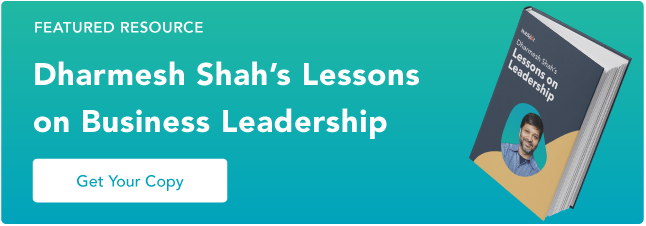

 Depending on your type of business and product offer, Freemium may be the best way to raise awareness of your brand among your audience.
Depending on your type of business and product offer, Freemium may be the best way to raise awareness of your brand among your audience.
 HubFans is a brand awareness campaign that rewards avid and knowledgeable HubSpot users for spreading their knowledge about the CRM platform. It’s a brilliant campaign because awareness is built not by the HubSpot brand, but by HubSpot customers. That automatically makes the brand seem more approachable and human.
HubFans is a brand awareness campaign that rewards avid and knowledgeable HubSpot users for spreading their knowledge about the CRM platform. It’s a brilliant campaign because awareness is built not by the HubSpot brand, but by HubSpot customers. That automatically makes the brand seem more approachable and human. We all know of companies that release new gadgets and features to keep their product lines up-to-date. But none come to Apple’s level of famousness, and that’s because Apple hosts an entire event dedicated to announcing its new releases.
We all know of companies that release new gadgets and features to keep their product lines up-to-date. But none come to Apple’s level of famousness, and that’s because Apple hosts an entire event dedicated to announcing its new releases. Having an admirable mission at the core of your company is a great move for building brand awareness — especially if you enable your customers to share resources that can help others.
Having an admirable mission at the core of your company is a great move for building brand awareness — especially if you enable your customers to share resources that can help others.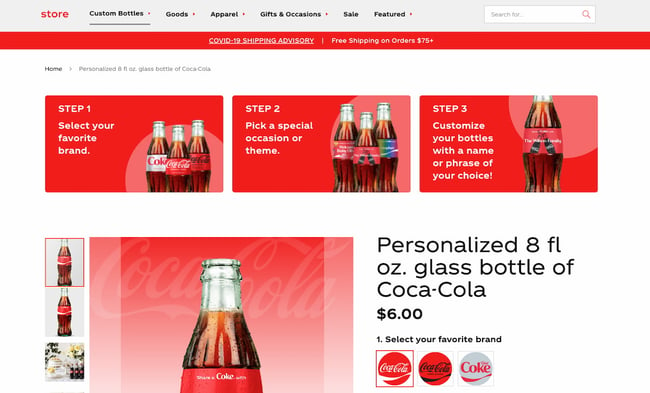 Coca-Cola doesn’t need more brand awareness, and that’s because it has built it so effectively over time that it has reached iconic status. One such example is its “Share a Coke” campaign, where you can find a Coke bottle with your name in store. Or personalize one with a phrase.
Coca-Cola doesn’t need more brand awareness, and that’s because it has built it so effectively over time that it has reached iconic status. One such example is its “Share a Coke” campaign, where you can find a Coke bottle with your name in store. Or personalize one with a phrase. If your product does something incredible — such as staying put even under a stream of water — consider filming one or more videos about it. That’s what Beauty Bakerie did with its now-famous Matte Lip Whip products.
If your product does something incredible — such as staying put even under a stream of water — consider filming one or more videos about it. That’s what Beauty Bakerie did with its now-famous Matte Lip Whip products.

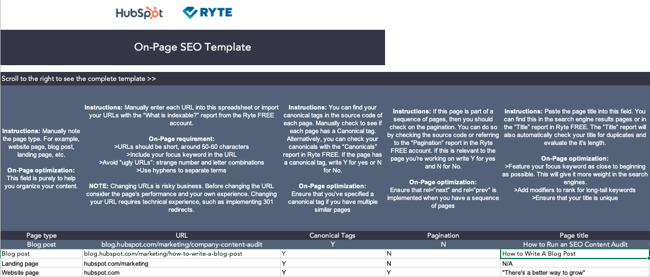
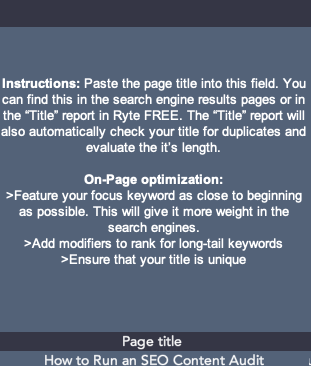 This section makes sure you’ll have keywords in your page title, boosting SERP rank. Similarly, in the next section, you’ll define the goal of each page and the focus keywords of that page.
This section makes sure you’ll have keywords in your page title, boosting SERP rank. Similarly, in the next section, you’ll define the goal of each page and the focus keywords of that page.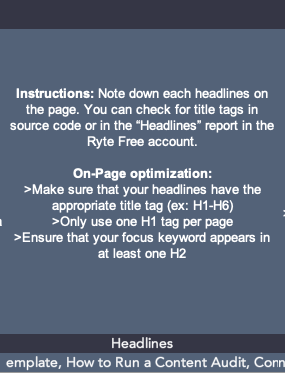
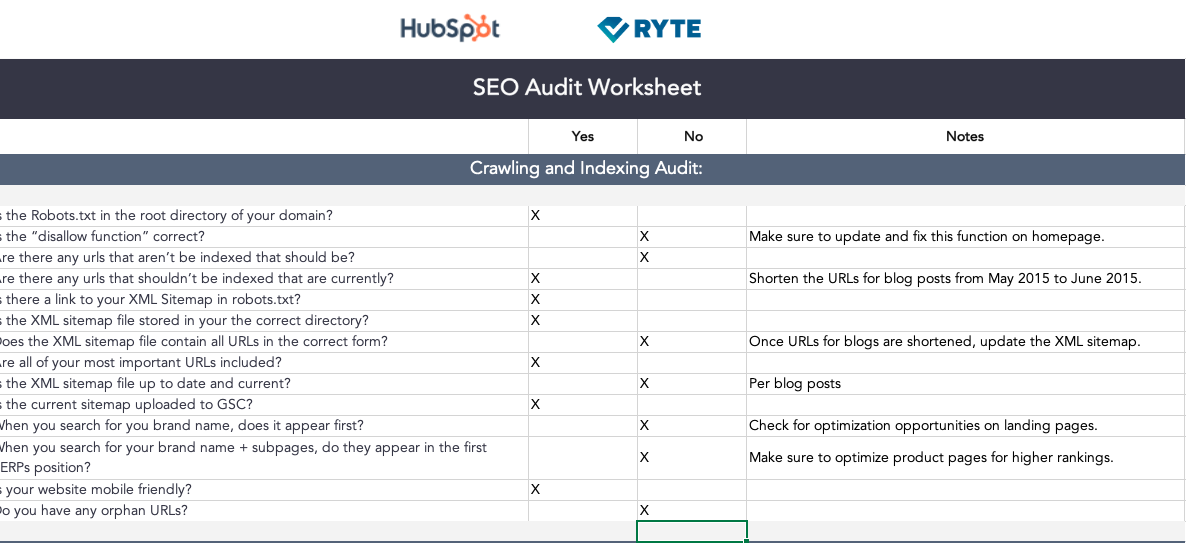 For example, when you go through the worksheet, you can expect to include information about the On-Page elements of your website. Still, you’ll also be checking for crawling and indexing, ranking factors, the content and link structure, status codes, coding, and internalization.
For example, when you go through the worksheet, you can expect to include information about the On-Page elements of your website. Still, you’ll also be checking for crawling and indexing, ranking factors, the content and link structure, status codes, coding, and internalization.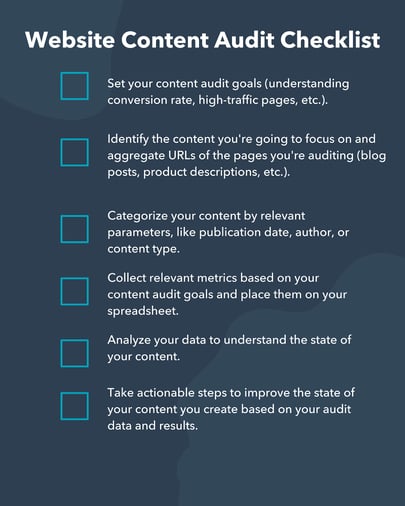

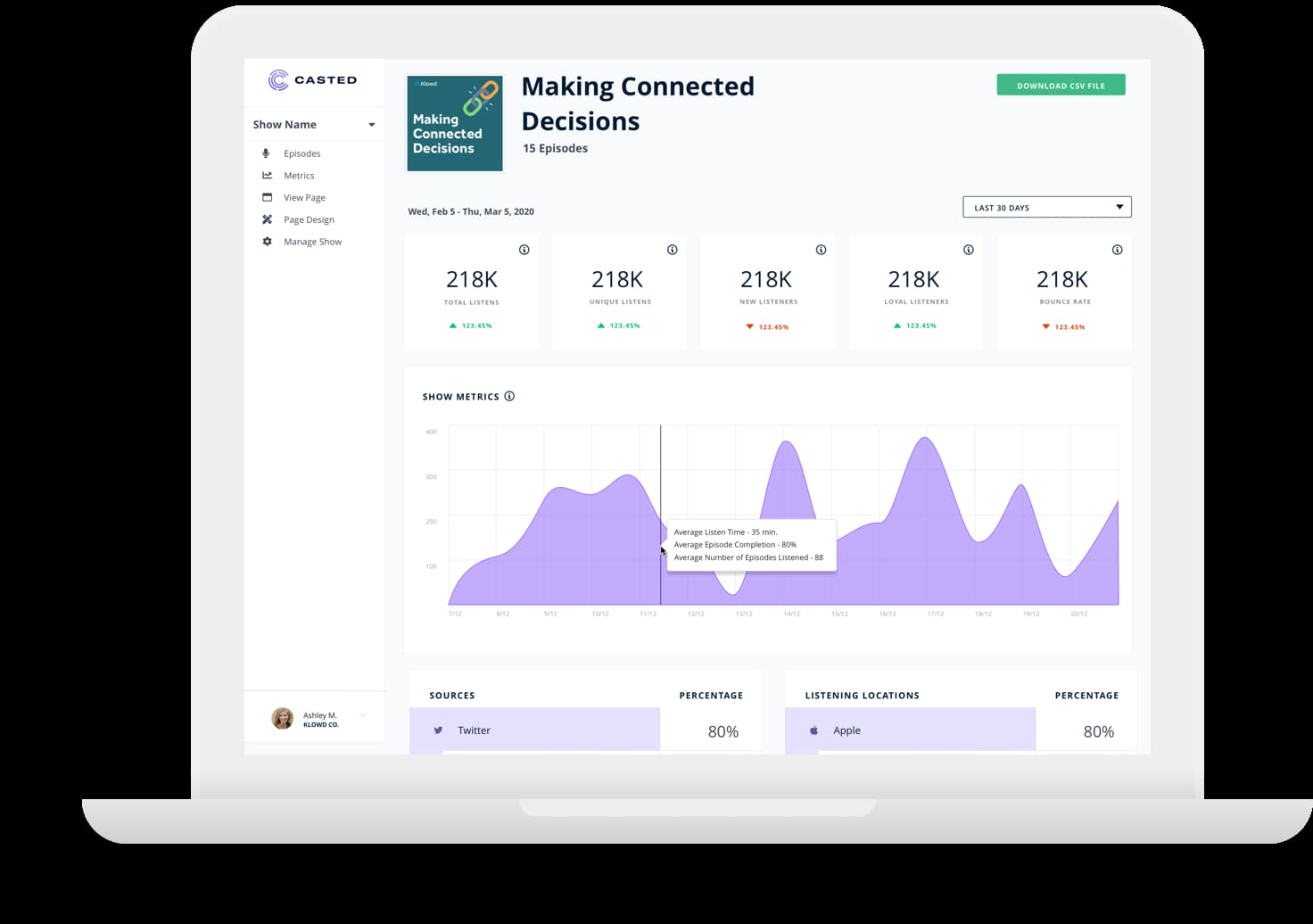
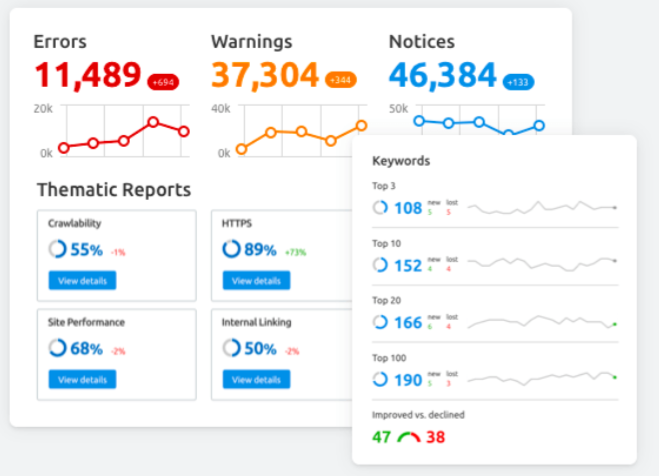
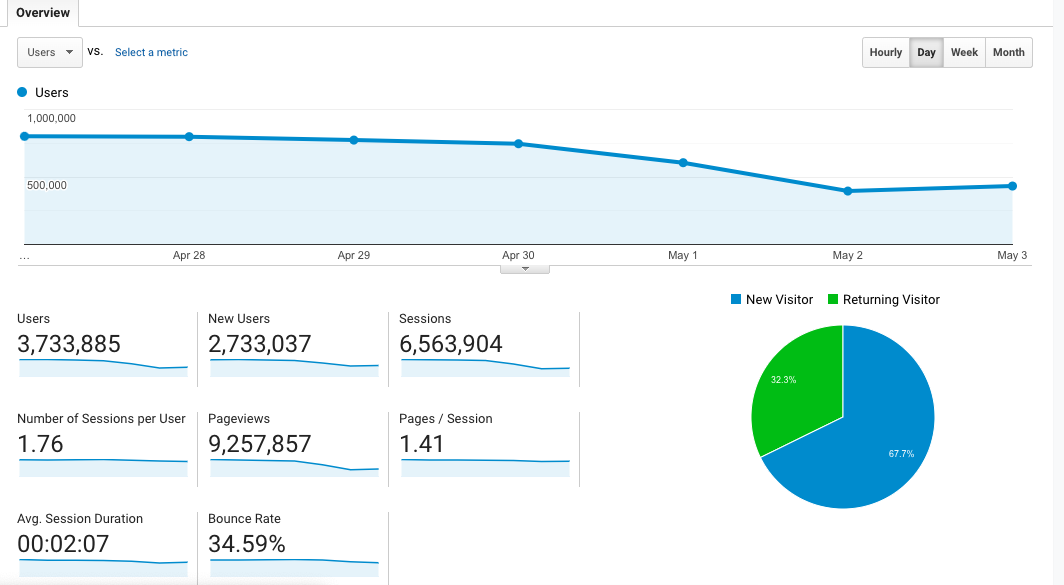 It gives you data about the amount of time visitors are seeing on webpages, the most popular webpages, and different patterns seen in your visitors. One of these patterns could be the most popular blog post in the US from visitors aged 18-24.
It gives you data about the amount of time visitors are seeing on webpages, the most popular webpages, and different patterns seen in your visitors. One of these patterns could be the most popular blog post in the US from visitors aged 18-24.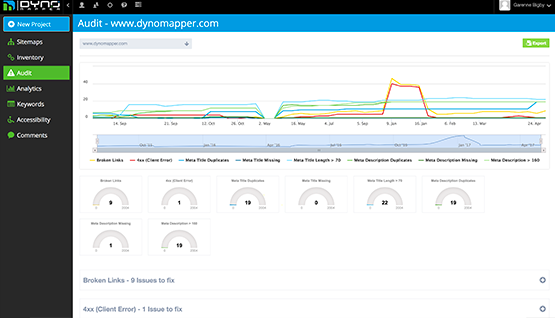
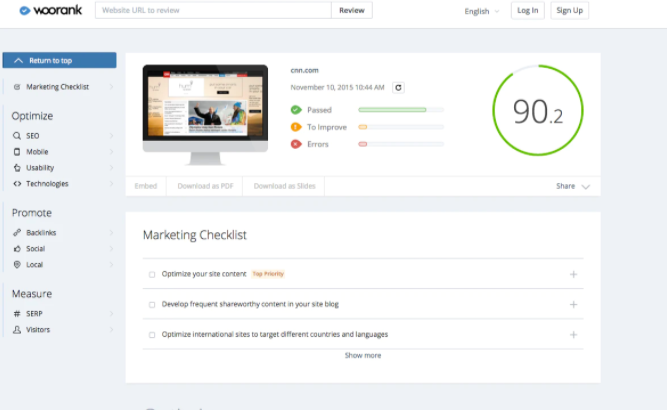
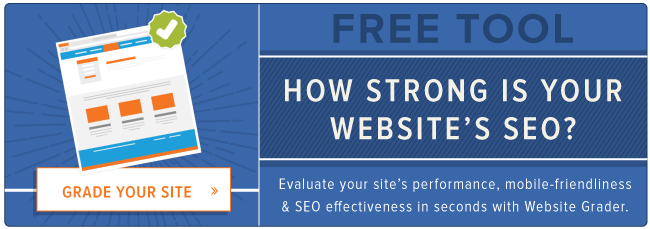

![→ Download Now: SEO Starter Pack [Free Kit]](https://no-cache.hubspot.com/cta/default/53/1d7211ac-7b1b-4405-b940-54b8acedb26e.png)

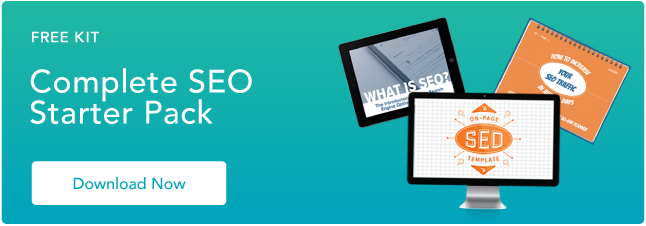


-9.png?width=450&name=pasted%20image%200%20(1)-9.png)
-6.png?width=450&name=pasted%20image%200%20(2)-6.png)
-5.png)
-5.png)
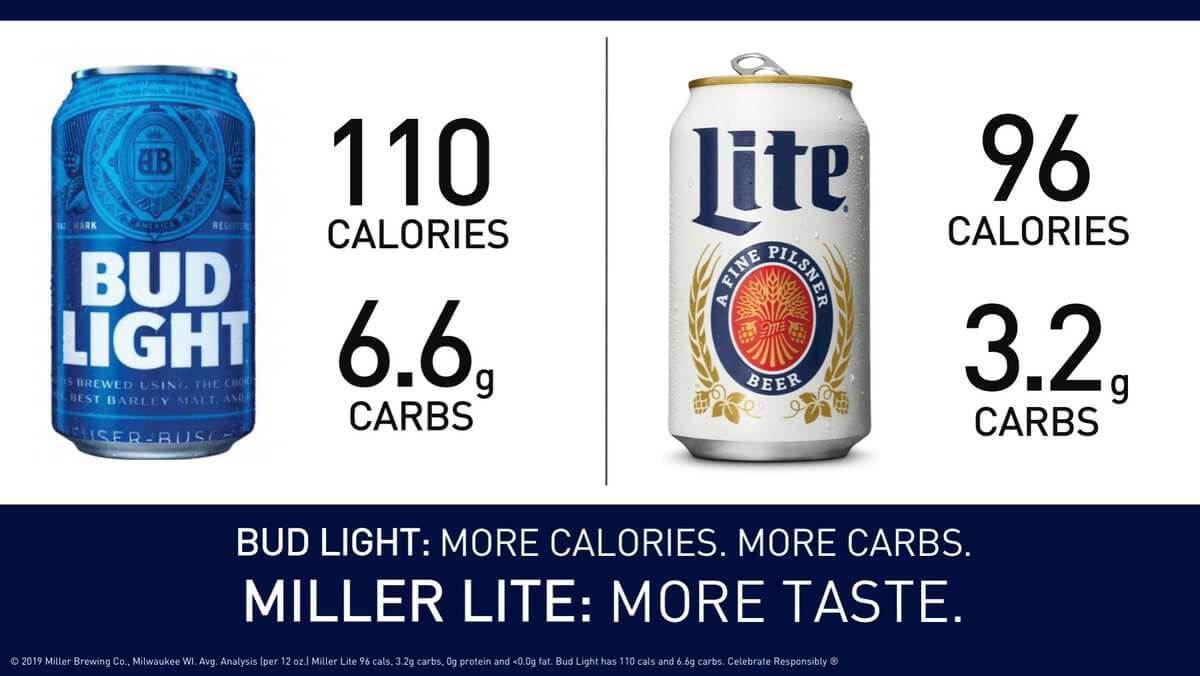
-2.png?width=450&name=pasted%20image%200%20(6)-2.png)



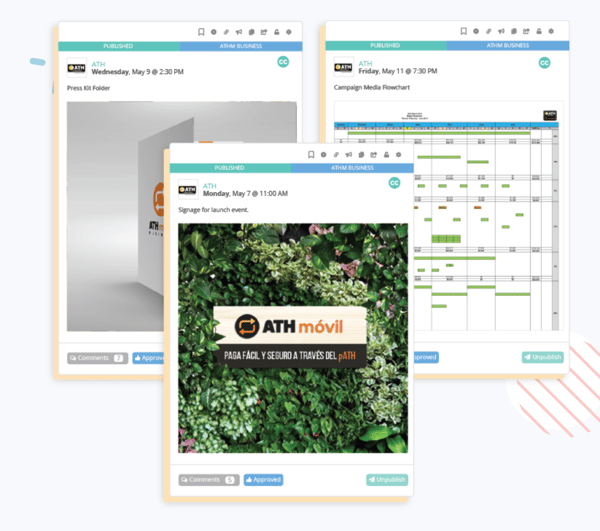 Sharelov is a cloud-based marketing collaboration platform for brands and agencies to manage their teams, campaigns, assets, projects, and work. No matter what you’re working on or what your creative assets include, Sharelov makes it easy to collaborate, share feedback, and approve assets, plans, and projects.
Sharelov is a cloud-based marketing collaboration platform for brands and agencies to manage their teams, campaigns, assets, projects, and work. No matter what you’re working on or what your creative assets include, Sharelov makes it easy to collaborate, share feedback, and approve assets, plans, and projects.